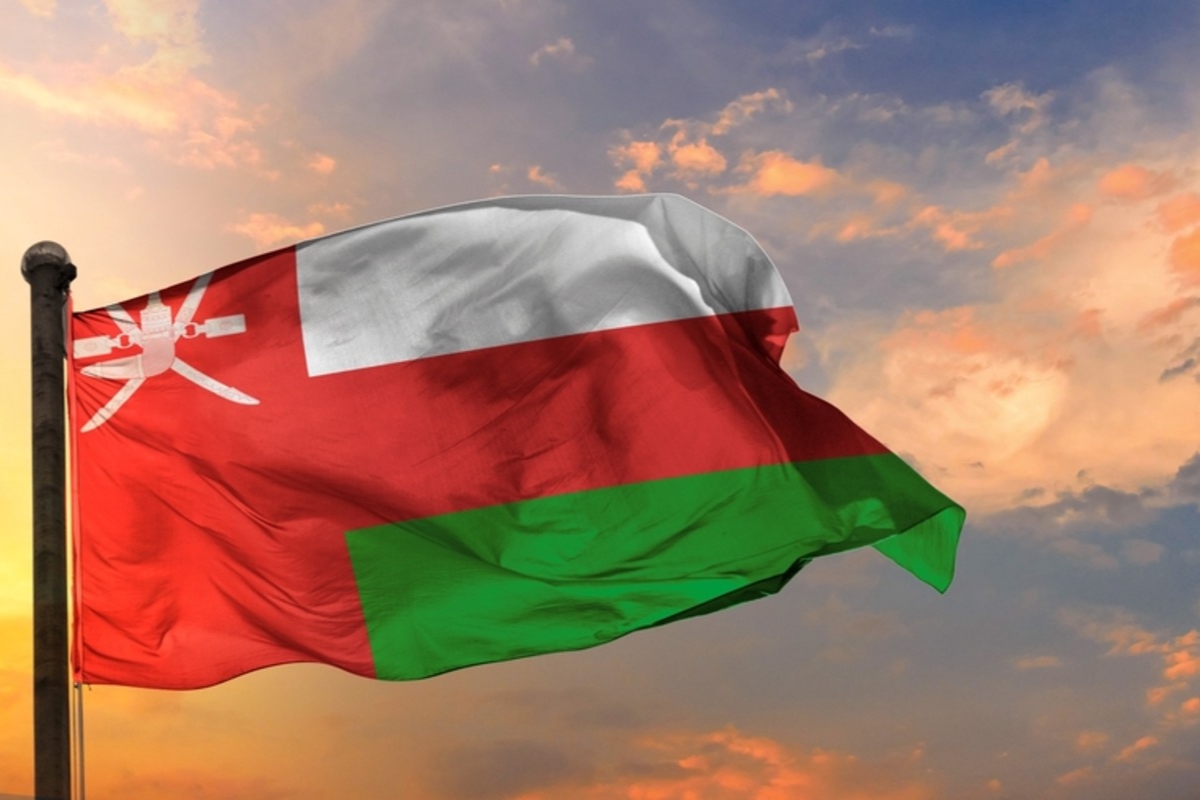Oman’s real GDP saw an increase of approximately 1.9 percent during the first half of 2024 in comparison to the same timeframe last year, as reported by the Central Bank of Oman (CBO). This growth is predominantly attributed to a rise of 3.6 percent in non-oil activities.
The Central Bank of Oman (CBO) has published the 2024 Macroeconomic Stability Report, a crucial communication tool alongside other reports that the bank regularly disseminates. This report delivers a comprehensive analysis of the macroeconomic performance of the Sultanate of Oman while assessing its stability, taking into account the most significant risks and vulnerabilities. Additionally, it offers forecasts for essential economic indicators over the medium term.
Omani economy shows resilience amid global challenges
In spite of spillover effects from global developments such as inflation, disruptions in energy supplies, elevated interest rates, and increased uncertainty, the Omani economy has showcased resilience in managing shocks. The report underlines continued growth in real GDP and enhancements in economic activity, despite fluctuations in oil prices and global economic pressures.
Read more: Oman GDP & Economy Overview
Oil-related activities remain crucial to GDP
The contribution of oil-related activities remains substantial, representing approximately 32.5 percent of total real GDP in the first half of 2024. This highlights the significant vulnerability of the Omani economy to external shocks, particularly fluctuations in energy prices and the dynamics of global oil supply and demand. The medium-term outlook for the Omani economy remains optimistic, with expectations that economic activities will persist in recovering and expanding, aligned with national priorities and the leveraging of emerging economic opportunities.

Fiscal reforms strengthen economic foundations
Concerning public finance, the report underscores the government’s initiatives in fiscal reforms, including expenditure rationalization, reduction of public debt, and diversification of revenue sources. These steps illustrate the Sultanate of Oman’s proactive stance in reinforcing its economic and financial foundations.
Read more: Oman seeks to raise digital economy’s contribution to GDP to 10 percent by 2040
Social Protection Program supports fiscal sustainability
The initiation of the Social Protection Program has offered a balanced strategy to address social care needs while ensuring long-term fiscal sustainability. Although there has been a decline in the average price of Omani crude oil in 2024 compared to 2023, Oman’s diversification efforts have positively influenced the mitigation of risks tied to oil price volatility. This emphasizes the necessity for further investments in non-oil sectors to boost their contributions to economic activity and diversify national income sources.
Credit rating improvements reflect confidence
These reforms have garnered recognition from credit rating agencies, leading to an enhancement of the sovereign credit rating of the Sultanate of Oman. This upgrade underscores the confidence of international institutions in the nation’s fiscal policies and the momentum of its economic reforms.
Read more: Oman’s GDP expands 1.7 percent in Q1 2024, reaching $24.77 billion
Foreign reserves remain stable and sufficient
In terms of monetary stability, the report emphasizes that the total foreign reserves held by the Central Bank of Oman remained stable, amounting to approximately OMR7.5 billion. This level of reserves is adequate to cover about 6.6 months of merchandise imports as of September 2024, compared to the international benchmark of 3 months. The report stresses the ongoing significance of maintaining adequate foreign currency reserves to ensure the stability of the exchange rate system.








